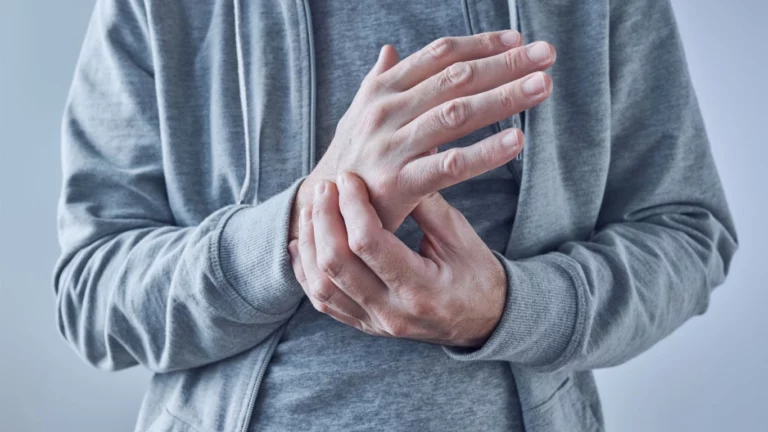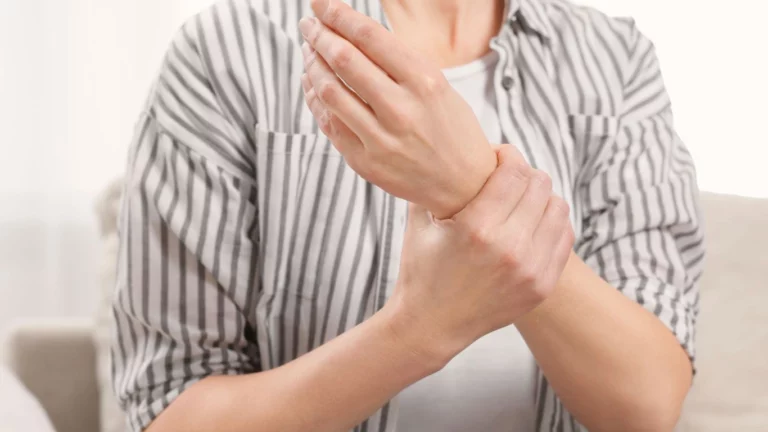7 Proven Ways to Prevent Rheumatoid Arthritis Joint Deformities
Living with rheumatoid arthritis (RA) is like playing a never-ending game of “What will hurt today?” Some days, it’s just a little stiffness, and other times, it feels like my joints have declared war. But here’s the thing—while RA itself is unpredictable, preventing joint deformities isn’t entirely out of our hands. With the right strategies, lifestyle tweaks, and a bit of stubborn determination, we can slow down or even stop those painful, frustrating deformities from taking over. That’s exactly what we’re diving into today: rheumatoid arthritis and joint deformities prevention. Because trust me, preserving joint function is a game-changer.
Understanding Rheumatoid Arthritis and How It Affects Your Joints
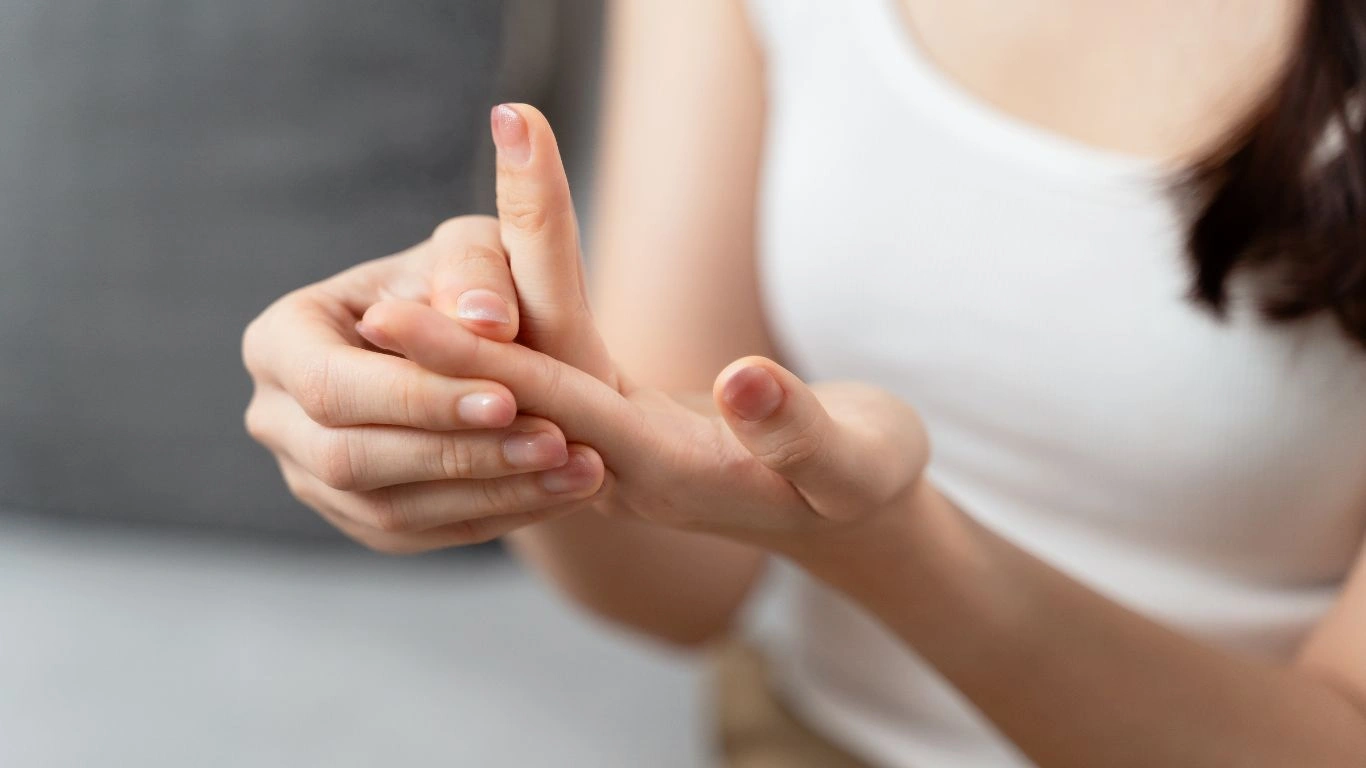
Before we talk about prevention, let’s get clear on what’s actually happening inside our bodies. RA is an autoimmune disease, which means our immune system—our body’s defense system—gets a little confused and starts attacking our joints. This leads to chronic inflammation, swelling, and eventually, if left unchecked, permanent joint damage.
Here’s what that means in real life: You wake up one morning, and suddenly, your fingers don’t straighten all the way. Your toes start curving in weird directions. Simple things like gripping a coffee mug or buttoning a shirt become frustrating. That’s because prolonged inflammation erodes cartilage and bone, causing deformities that can be both painful and disabling.
Common Joint Deformities in RA
Not all joint damage looks the same. Some of the most common RA-related deformities include:
- Ulnar deviation: Fingers start drifting toward the pinky side of your hand.
- Swan-neck deformity: Your fingers bend at odd angles, making gripping objects tricky.
- Boutonnière deformity: The opposite of swan-neck, where fingers get stuck in a bent position.
- Rheumatoid nodules: Lumps under the skin, usually near joints that see a lot of stress.
- Toe deformities: Hammer toes, claw toes—you name it, RA can cause it.
These changes don’t happen overnight, but without intervention, they can sneak up fast. That’s why prevention is key.
Early Diagnosis: The First Step in Preventing Joint Deformities
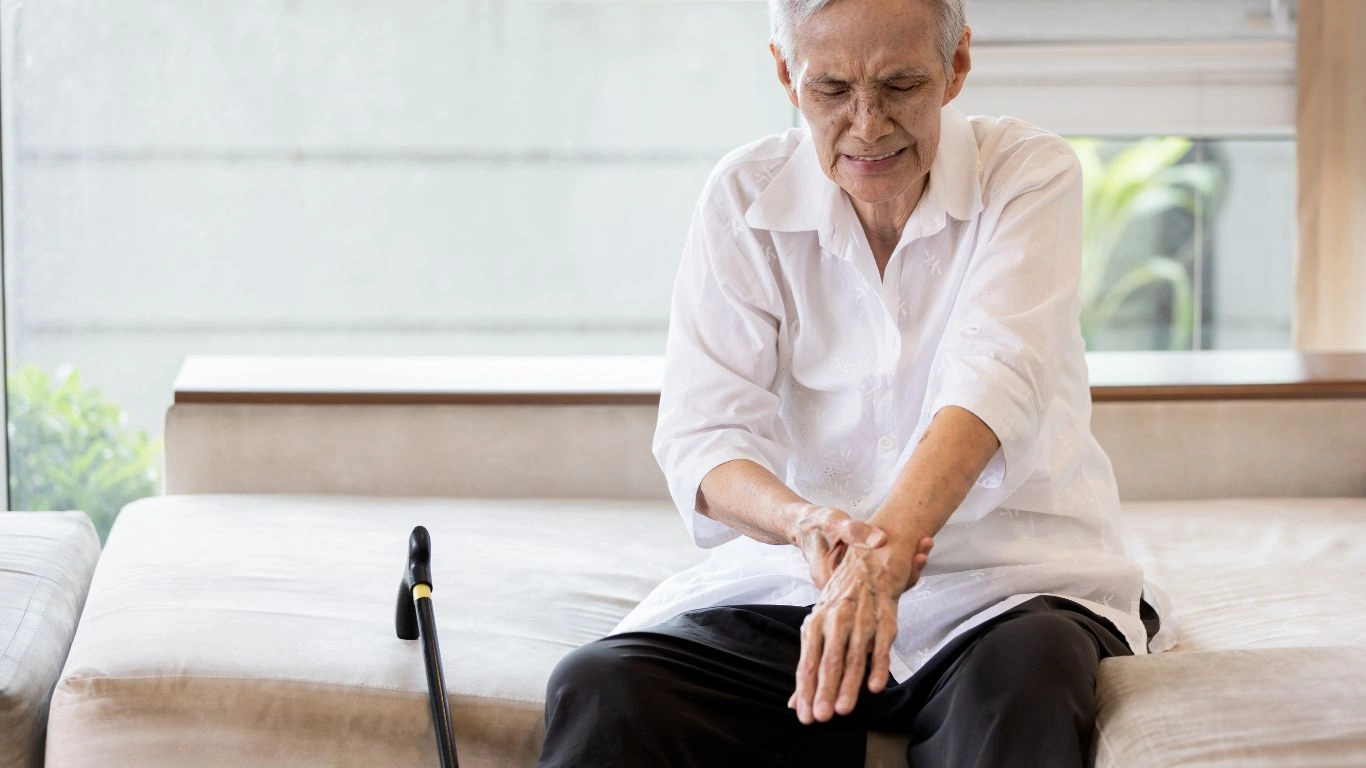
If I could go back in time to when my first RA symptoms showed up, I’d shake myself and say, “Get to a doctor now.” Because here’s the truth: the earlier you start treatment, the better your chances of preventing joint deformities. The goal is to stop inflammation before it does permanent damage.
Signs You Shouldn’t Ignore
RA doesn’t always come knocking with a grand entrance. Sometimes, it’s subtle:
- Morning stiffness that lasts longer than an hour
- Swollen, tender joints (especially in hands, wrists, and feet)
- Fatigue that feels like you ran a marathon—without running
- Unexplained weight loss
- Feeling like you have the flu (but without an actual flu)
If you’re experiencing any of these, don’t wait. A rheumatologist can run blood tests and imaging to confirm RA and get you started on the right treatment.
Medications: Your Best Friend in Joint Protection
I won’t sugarcoat it—nobody loves being on medication. But when it comes to RA, medications are the most effective way to prevent joint deformities. The key is getting on the right treatment plan early and staying consistent.
Types of Medications for RA
There’s no one-size-fits-all approach, but here are the main types of meds used to control RA:
- DMARDs (Disease-Modifying Antirheumatic Drugs): These slow the disease progression and prevent joint damage. Methotrexate is the most commonly used DMARD.
- Biologics: Target specific parts of the immune system to reduce inflammation. Examples include Humira, Enbrel, and Remicade.
- NSAIDs (Nonsteroidal Anti-Inflammatory Drugs): Help with pain and swelling but don’t prevent joint damage.
- Steroids: Quick relief for flare-ups, but long-term use can have side effects.
Finding the right treatment can feel like a frustrating game of trial and error, but once you find what works, it’s a game-changer. Trust me—I’ve been there.
Protecting Your Joints in Daily Life
Medications do a lot of heavy lifting, but lifestyle changes play a huge role in preventing deformities. Think of it like this: If meds are the firefighters, lifestyle changes are the fire prevention plan.
Simple Habits That Protect Joints
- Use assistive devices: Jar openers, ergonomic pens, and button hooks can take pressure off your joints.
- Maintain good posture: Slouching puts extra stress on already vulnerable joints.
- Take breaks: Don’t overuse your hands—alternate between activities to avoid strain.
- Exercise smart: Low-impact activities like swimming and yoga keep joints moving without excessive stress.
- Wear supportive shoes: Trust me, the right footwear makes a world of difference.
Small tweaks add up over time, and they can make the difference between keeping your hands and feet functional or struggling with daily tasks.
Coming Up Next: More Strategies to Keep Joints Healthy
We’ve covered the basics, but there’s more to preventing joint deformities than just meds and lifestyle tweaks. In Part 2, we’ll dive into:
- The best diet for fighting RA inflammation
- How to use physical therapy to strengthen and protect your joints
- Why stress management is crucial for joint health
- And much more!
Stay tuned—your joints will thank you!
Eating for Joint Health: The RA-Friendly Diet
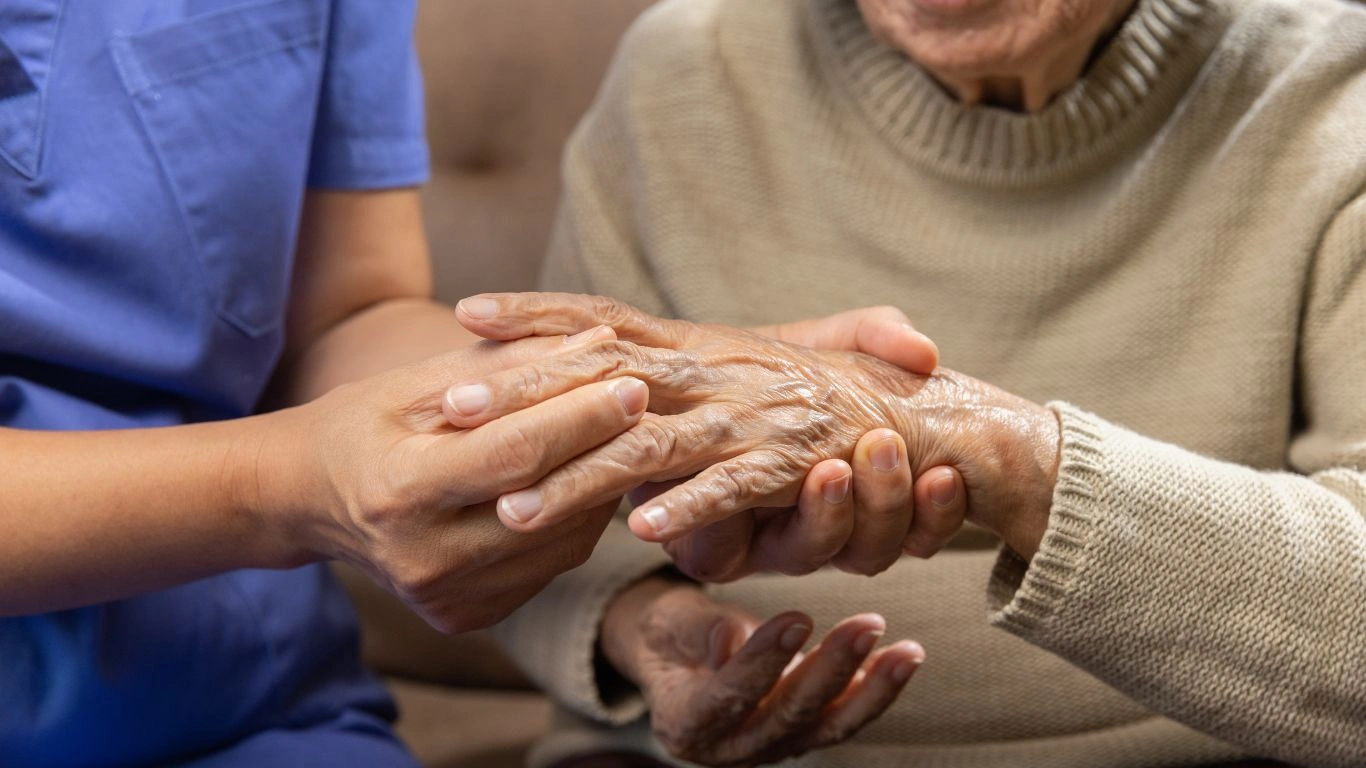
Let’s be real—food can be our best friend or worst enemy when it comes to RA. I’ve learned this the hard way. There was a time when I thought my love for processed snacks and sugary treats wouldn’t make a difference. But the truth? What you eat has a direct impact on inflammation and joint health.
Some foods fuel the fire, making RA symptoms worse, while others act like tiny firefighters, calming the flames of inflammation. If you’re serious about rheumatoid arthritis and joint deformities prevention, then it’s time to fill your plate with the right foods.
Best Foods for RA
Here are the inflammation-fighting superheroes you need in your diet:
- Fatty fish (salmon, mackerel, tuna): Packed with omega-3s that help reduce joint inflammation.
- Leafy greens (spinach, kale, Swiss chard): Loaded with antioxidants that fight oxidative stress.
- Berries (strawberries, blueberries, raspberries): Rich in anti-inflammatory compounds.
- Turmeric and ginger: Natural pain relievers with powerful anti-inflammatory effects.
- Olive oil: A heart-healthy fat that also protects joints.
- Green tea: Contains polyphenols that can help slow cartilage destruction.
Foods to Avoid
On the flip side, some foods can make RA symptoms worse. These are the ones I had to (reluctantly) cut back on:
- Processed and fried foods: They trigger inflammation and contribute to joint damage.
- Refined sugar: Causes spikes in inflammation levels (yes, that means cutting back on sodas and sweets).
- Red meat: Contains high levels of saturated fats that can worsen symptoms.
- Dairy (for some people): Can trigger inflammatory responses in certain individuals.
- Alcohol: Can interfere with RA medications and increase inflammation.
It’s all about balance. You don’t have to be perfect, but making better choices consistently can help protect your joints in the long run.
Physical Therapy and Exercise: Keeping Joints Moving Without Overdoing It
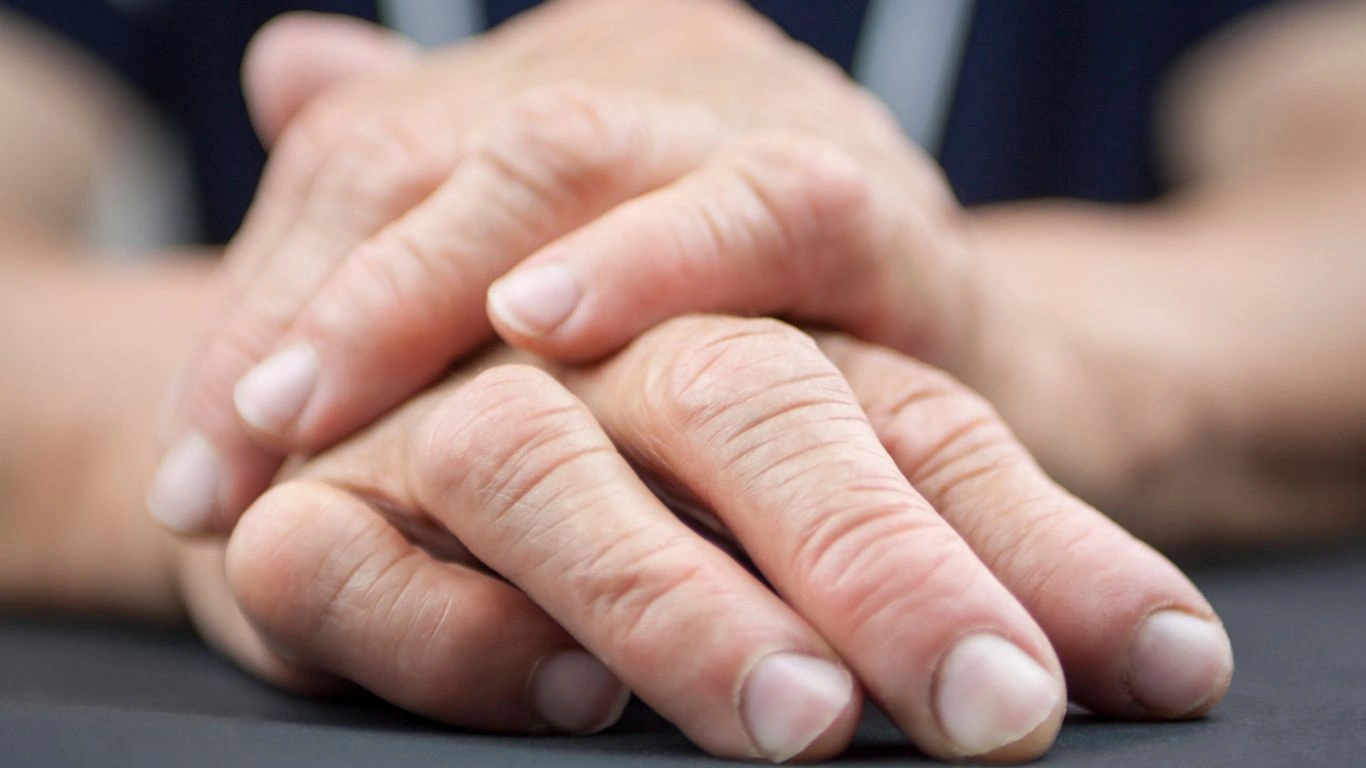
When RA flares up, the last thing you want to do is move. I get it. But here’s the thing: staying active is one of the best ways to prevent joint deformities. The key is finding the right balance between movement and rest.
Best Exercises for RA
Low-impact activities are your best bet. These exercises keep joints flexible and muscles strong without putting too much stress on your body:
- Swimming: The water supports your body, making movement easier.
- Yoga: Gentle stretches improve flexibility and relieve stiffness.
- Strength training: Helps support joints by strengthening the muscles around them.
- Walking: Low-impact but great for overall mobility.
- Tai Chi: Improves balance, flexibility, and reduces stress.
Working with a Physical Therapist
If you’re not sure where to start, a physical therapist can help. They create custom exercise plans based on your specific needs. A good therapist will teach you how to:
- Maintain proper joint alignment during movement
- Strengthen muscles without overstraining
- Use assistive devices correctly
- Develop a stretching routine to keep joints limber
In my experience, working with a physical therapist was a game-changer. They showed me how to move smarter—not harder—so I could keep doing the things I love.
Managing Stress: Because RA Flares Love a Stressed-Out Body
Let’s talk about something we often overlook: stress. Stress and RA are like toxic besties—they fuel each other in the worst way. The more stressed you are, the worse your symptoms get. And when your symptoms get worse, guess what? You feel even more stressed. It’s a vicious cycle.
How Stress Affects RA
When you’re stressed, your body releases cortisol, a hormone that can increase inflammation. Over time, chronic stress weakens the immune system and makes RA symptoms more severe. This is why managing stress is just as important as taking your medications.
Stress-Relief Strategies That Work
Here’s what’s helped me keep my stress (and flares) in check:
- Meditation and deep breathing: Even five minutes a day makes a difference.
- Journaling: Writing down worries helps clear mental clutter.
- Spending time in nature: A simple walk outside can lower stress levels.
- Hobbies: Doing something you love (painting, knitting, reading) can be incredibly therapeutic.
- Support groups: Connecting with others who understand what you’re going through is invaluable.
Finding stress relief techniques that work for you is essential. The more relaxed you are, the better your body can handle RA.
Using Assistive Devices: Work Smarter, Not Harder
Let’s be honest—no one likes to admit they need help. But using assistive devices isn’t about weakness. It’s about working smarter and protecting your joints from unnecessary strain.
Helpful Tools for RA
Here are some everyday gadgets that make life with RA easier:
- Jar openers: No more struggling with stubborn lids.
- Ergonomic kitchen tools: Lightweight utensils with easy-grip handles.
- Button hooks and zipper pulls: Dressing aids that reduce finger strain.
- Voice-activated devices: Smart assistants (like Alexa or Google Home) can help with tasks.
- Electric can openers: Saves your hands from unnecessary pain.
These little tools may seem insignificant, but they make a huge difference in reducing joint stress and preventing deformities.
What’s Next? Continuing Your Journey to Joint Health
We’ve covered a lot—nutrition, exercise, stress management, and assistive devices—all critical for preventing joint deformities. But the journey doesn’t stop here. In Part 3, we’ll dive into:
- How alternative therapies (acupuncture, massage, etc.) can help
- The latest research and treatments for RA
- How to advocate for your health and get the best care possible
- And much more!
Stay tuned—your joints are counting on you! 😊
Case Studies & Real-Life Examples: Fighting RA, One Victory at a Time

There’s something powerful about hearing real stories from people who’ve walked the same path. So, let’s talk about a few inspiring individuals who’ve taken control of their RA and found ways to prevent joint deformities.
Susan’s Journey: From Stiff Mornings to Active Living
Susan, 52, was diagnosed with RA in her late 40s. At first, she ignored the warning signs—occasional stiffness, mild joint pain—until one morning, she woke up barely able to move her fingers. That’s when she knew something had to change.
Her game-changers?
- A switch to an anti-inflammatory diet, cutting out processed foods and sugars.
- Regular gentle yoga and stretching to keep her joints mobile.
- Using ergonomic tools to reduce strain on her hands.
- Committing to consistent medication and doctor visits instead of skipping doses.
Now, Susan enjoys hiking, gardening, and even occasional dance classes—things she once thought were impossible.
Mark’s Story: Managing RA While Juggling a Career
Mark, 38, was a fast-paced marketing executive when RA hit him like a freight train. The fatigue was brutal, and typing all day made his hands swell like balloons. But instead of letting RA dictate his life, he adapted.
What worked for him?
- Switching to an adjustable workstation to reduce wrist strain.
- Using voice-to-text software to give his fingers a break.
- Prioritizing stress management through meditation and better work-life balance.
- Incorporating low-impact strength training to support his joints.
Mark’s biggest takeaway? “You don’t have to give up your career—you just have to adjust.”
Key Takeaways: What You Need to Remember
We’ve covered a lot of ground in this three-part guide, so let’s break it down into the most important takeaways for preventing joint deformities with RA:
- Early intervention is everything. The sooner you take action, the better your chances of preventing joint damage.
- Diet matters. Anti-inflammatory foods can make a real difference in how you feel.
- Stay active, but listen to your body. Gentle movement keeps joints functional without overstraining them.
- Manage stress. Mental health and RA go hand in hand, so find ways to relax and recharge.
- Use assistive tools. Work smarter, not harder, to protect your joints from unnecessary strain.
- Don’t skip medication. Even when you’re feeling better, sticking to your prescribed treatment plan is key.
- Find a support system. Whether it’s a doctor, therapist, or RA community, having people in your corner makes a difference.
FAQs: Answering Common Questions About RA & Joint Deformities
Can joint deformities be reversed?
Unfortunately, once significant joint damage occurs, it’s not reversible. However, you can slow progression and prevent further deformities with proper treatment.
What’s the best exercise for preventing joint stiffness?
Low-impact activities like yoga, swimming, and tai chi are fantastic for keeping joints flexible without excessive strain.
Does RA always lead to joint deformities?
Not necessarily! With early diagnosis, medication, lifestyle changes, and joint protection strategies, many people successfully prevent severe deformities.
Is there a natural way to treat RA?
While there’s no cure, natural remedies like anti-inflammatory diets, stress management, and gentle exercise can complement medical treatment.
Bonus: Additional Resources & DIY Tips
Want to dig deeper? Here are some fantastic resources for managing RA:
- Arthritis Foundation – Research-backed insights and support groups.
- American College of Rheumatology – Latest RA treatment guidelines.
- Mayo Clinic RA Guide – Trusted medical advice and research.
And some DIY home remedies that actually work:
- Warm compresses: Help reduce stiffness in the morning.
- Turmeric tea: A natural anti-inflammatory boost.
- Epsom salt baths: Great for soothing sore joints.
- Paraffin wax therapy: Provides heat relief for hand and foot pain.
Appendix: References, Disclaimer & Call to Action
References:
Disclaimer: This article is for informational purposes only and should not replace medical advice. Always consult your doctor for personalized treatment.
Ready to take control of your RA? Drop a comment below with your best RA management tips, or share this article with someone who needs it! And if you haven’t yet, check out Part 1 and Part 2 to get the full guide. Stay strong, and keep moving! 😊

Tarra Nugroho is a dedicated Nurse Practitioner with a strong foundation in family and preventive care. She brings both compassion and clinical expertise to her practice, focusing on patient-centered care and health education. As a contributor to Healthusias.com, Tarra translates medical knowledge into clear, empowering articles on topics like women’s health, chronic disease management, and lifestyle medicine. Her mission is simple: help people feel seen, heard, and informed—both in the clinic and through the content she creates. When she’s not caring for patients, Tarra enjoys weekend hikes, plant-based cooking, and curling up with a good health podcast.

